Introduction to Haworthia Retusa
Imagine a plant that captures the cosmic beauty of a starry night sky and the resilience of desert flora. Enter Haworthia retusa, an enigmatic succulent that has garnered attention and adoration from green thumbs and novices alike. Native to the South African landscape, this charming plant boasts a rosette of thick, fleshy leaves that burst outwards like a star’s rays. These leaves aren’t just for show; their transparent tips act as fascinating windows, allowing sunlight to penetrate and photosynthesize deeper into the plant, a marvel of nature’s ingenuity.
Perhaps it’s the rarity of their glassy, luminescent foliage or their compact, forgiving nature that makes the Haworthia retusa a treasured addition to any living space. Gardening enthusiasts revel in the joy of nurturing these small, but stoic beings. With their no-fuss attitude towards life, they thrive with minimal intervention, asking only for your attention every now and then, like a quiet friend basking in the backdrop of your hectic routine.
What elevates the Haworthia retusa from a mere plant to a sculptural masterpiece is its understated elegance and the effortless way it adapts to a myriad of environments. In a world that’s always craving more space, its diminutive size ensures it fits perfectly on a sunny windowsill, a shaded corner, or nestled amongst a collection of fellow succulents, each with their own story to tell. Check out this guide for growing Haworthia retusa successfully, and see how you can cultivate your own little constellation at home.
To truly appreciate the mystique of the Haworthia retusa, have a look at this informative video. It’s a treasure trove of tips for cultivating these succulents to their full potential, making stellar additions to your indoor garden.
As you immerse yourself in the world of succulents, the Haworthia retusa stands out as a testament to the marvels of the natural world – a tiny, yet grand, example of life’s unparalleled beauty.
Understanding Haworthia Retusa’s Habit and Habitat
Have you ever been struck by the stark beauty of a succulent that sits unassumingly, yet confidently, in a terracotta pot? Chances are, you might be admiring a Haworthia retusa, commonly known as the Star Cactus. But, to truly appreciate these little gems, we need to dive into the environment from which they hail.
Imagine the arid landscapes of South Africa, where the relentless sun beats down on the earth. It’s here, in these unforgiving conditions, that the Star Cactus has learned not just to survive, but to thrive. In the crevices of rocky terrains and the shadow of scarce desert scrubs, you will find Haworthia retusa ensconced, its fleshy, triangular leaves arranged in a rosette that resembles a starburst.
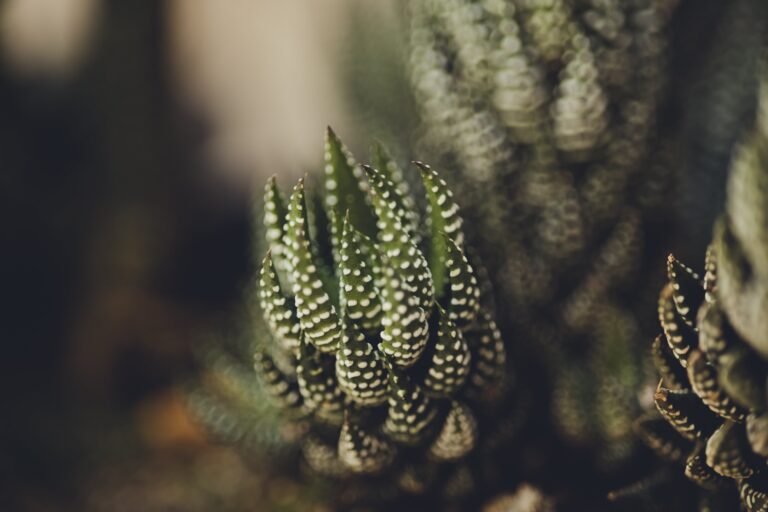
Their typical growth patterns reflect a deep adaptation to this harsh climate. Growing slowly, conserving much-needed resources, each leaf of the Star Cactus is a testament to the natural art of survival. The translucent fleshiness of their leaves is particularly intriguing. This unique adaptation, called ‘windowed’ leaves, allows sunlight to penetrate through to photosynthetic tissues deep inside the leaf, capturing every possible ray in a land where shade is a rare commodity.
Linking their survival to the environmental conditions, caring for Haworthia retusa at home requires mimicking this natural habitat to some extent. Light, well-draining soil is essential to prevent water from pooling at their roots, a condition that could spell disaster for these drought-adapted beauties. Their natural propensity to clump, generating offsets, means you can share these starry wonders with friends and fellow succulent aficionados.
Understanding the Star Cactus’s habit and habitat does more than inform your care routine; it deepens the connection between grower and plant. As you water sparingly and provide the brightest spot on the windowsill for your Haworthia retusa, you’re not just nurturing a plant, but honoring a piece of the vast South African desert, right there in your own home.
The Ideal Environment for Thriving Haworthia Retusa
If you’re eyeing your Haworthia Retusa and thinking it looks less like a star and more like a wilting weed, fear not! It’s all about giving your little green companion the star treatment in terms of lighting, temperature, and humidity. Let’s get into the nitty-gritty of cultivating a bonafide superstar in the succulent world!
Luminous Lighting for Your Little Star
Their love for bright, indirect sunlight makes Haworthia Retusa the perfect desk buddy for that sunny office space. Imagine your succulent basking in the gentle morning rays at the edge of your workspace, avoiding the harsh afternoon glare that could make its rich green hue fade faster than your enthusiasm for the new diet plan. Just like Goldilocks, this plant craves a spot that’s just right—think bright enough to read a book, but without the squinting.
Temperate Tonics for a Tropical Delight
Now, temperature is a dance of subtlety. These succulents hail from South Africa and don’t take kindly to frosty farewells. Keep your indoor haven between 65-80°F (18-27°C), and your Haworthia Retusa will be happier than a cat in a cardboard box. Picture this: a cozy nook near the window, shielded from drafts, where your plant can, quite literally, chill in its ideal climate.
Speaking of outdoor spaces, while these succulents can enjoy some alfresco ambiance in the warmer months, make sure to usher them indoors when the weatherman predicts a dip lower than 50°F (10°C). They’re not the type to winter outdoors—much like how you wouldn’t step out in flip-flops during a snowstorm.
Humidify and Hydrate, but Don’t Drown
Lastly, we venture into the swirling mists of humidity. Haworthia Retusa isn’t asking for a rainforest; it just wants to steer clear of turning into cacti crunch. Anywhere around 40% humidity will keep your plant from thirsting for attention. And if you’re clambering around looking for a humidifier, pause and consider whether you’ve overwatered it instead. Yes, they need hydration, but too much love in liquid form is a one-way ticket to Root Rot Central.
To keep your Haworthia Retusa in tip-top shape, it helps to learn from seasoned growers. Below, you’ll find a video guide that’s packed with tips and tricks—even if some of the plants might have been less fortunate before meeting their garden gurus. Don’t be shy; give it a watch!
${embed_code}
Where to next? If you’re in the grip of green-fingered enthusiasm, why not check out this comprehensive guide to succulent care? It’s a veritable encyclopedia of all things succulent, minus the boring bits.
There you have it! The perfect recipe for a happy and healthy Haworthia Retusa: a splash of sunlight, a pinch of perfect temperature, and just a hint of humidity. With this trio, you’ll turn that succulent frown upside down in no time.
Planting and Repotting Basics
For all you green thumbs and plant newbies alike, let’s unravel the art of cultivating your very own Haworthia retusa, the star cactus that’s taking the succulent world by storm. We’re diving into a step-by-step tutorial so roll up your sleeves and prepare to get a little dirt under those nails!
Step 1: The Right Potting Mix
First things first: your star cactus craves a well-draining potting mix. Think of it as the bed it sleeps in; you want it to be comfy but not so soft that it stays wet for days. Mix some perlite or coarse sand with your potting soil to promote that fancy drainage Haworthia retusa loves so much.
Step 2: Pot Selection – Size Matters
Now, let’s talk pots. Size does matter here, folks. A pot too large, and the soil retains more water than our star cactus pals can sip, leading to root rot. Too small, and it’ll cramp its style—quite literally. A pot that’s just right in size allows your Haworthia retusa to sit snugly with enough room to grow without swimming in extra space.
Step 3: Planting Your Haworthia retusa
When planting your Haworthia retusa, be gentle with its roots. Spread them out lightly in the center of the pot, and fill around them with your potting mix, allowing the base of the plant to rest just above the soil. A gentle pat down will secure it in place, but no need for a Hulk smash—roots like a tender touch.

Step 4: Knowing When to Repot
Just like kids outgrow their shoes, your Haworthia retusa will outgrow its pot. But when? Keep an eye out for roots peeking through drainage holes or the plant looking like it’s about to leap out. That’s its way of saying, “I’m ready for a new home!” Generally, a repot every two to three years is a good rhythm to follow.
Excited to expand your succulent collection? Navigate through our insightful guide, “The Ultimate Guide to Succulent Soil,” to ensure your succulents thrive in their little pots of joy.
Empower yourself with this knowledge, and you’ll find planting and repotting Haworthia retusa to be a breeze—a dance of the green thumbs, if you will. The star cactus is more than just a plant; it’s a testament to the joy and simplicity of growing something beautiful. So, get your hands dirty and bask in the reward of nurturing life at your fingertips.
Mastering Watering and Feeding
Watering your Haworthia retusa, commonly known as the Star Cactus, is not just about following a schedule, it’s about understanding its unique needs. Imagine a typical warm, dry day in the cactus’s native South African habitat—this is what your watering approach should mimic. When the soil feels as dry as a well-worn hiking path, it’s your cue to give your plant a drink.
What does overwatering look like? Picture your Star Cactus like a marathon runner slogging through a downpour—drenched and overwhelmed. You’ll notice the leaves becoming squishy and discolored, a sure sign of distress. Prevent these soggy situations by ensuring your pot has good drainage, and if you’re ever unsure, it’s better to water less rather than more.
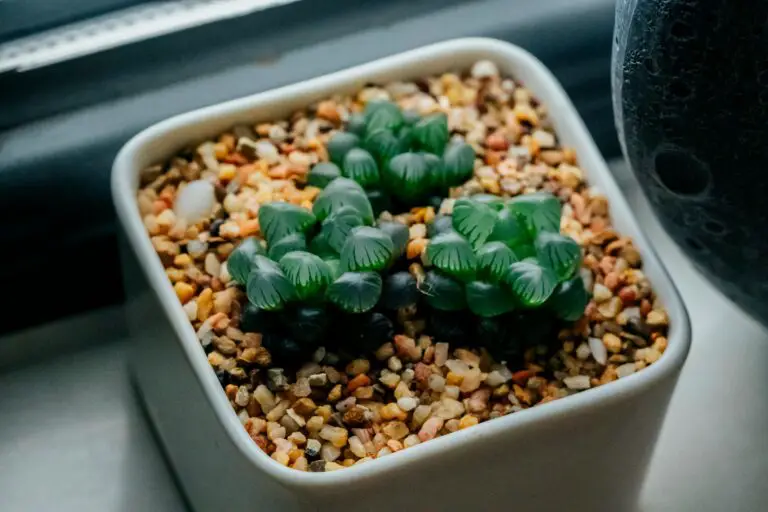
When it comes to feeding, think of fertilizers as the special diet plan tailored for your succulent superstar. During the growing season, spring through fall, a half-strength balanced fertilizer can work wonders once a month. It’s like a nutrient-packed smoothie for your cactus, giving it the vigor to flourish. When winter rolls in, though, your Star Cactus is lounging and needs less to dine on—skip the fertilizer and let it rest.
Remember, your Haworthia retusa is not just surviving in your care—it’s living. With proper watering and feeding, you’re fostering a thriving environment for your starry succulent, right there in your living room.
Pruning and Maintenance of Haworthia Retusa
Gaze upon the symmetrical beauty of your Haworthia Retusa and know this: your star cactus thrives with a bit of carefully administered TLC. Pruning and maintenance need not be a chore, but rather a meditative practice between you and your leafy charge. Here’s how to keep your succulent looking stellar!
First things first: pruning is about as straightforward as it gets. Haworthia Retusa is a low maintenance starlet, seldom needing more than the occasional trimming of a dry leaf or two. Equip yourself with sterilized, sharp scissors and snip any dead or yellowing leaves at their base, near the soil surface. This isn’t just about aesthetics; removing these leaves ensures that your plant’s energy is directed to the thriving foliage.
Remember the time Becky, from the office, brought in her Haworthia, looking like it had seen better days? All it took was a little detangling of the dead leaves, and voila, it was back to winning desk plant of the month. Yours too can be the envy of plant aficionados with minimal fuss.
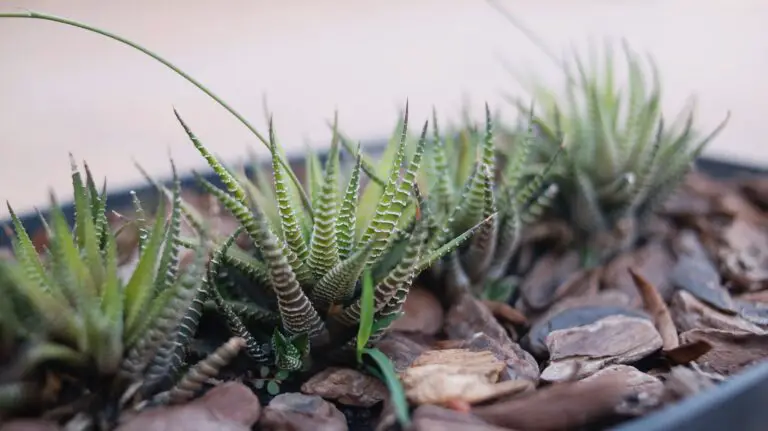
Moreover, your eagle eye should be on the lookout for common succulent pests like mealybugs and spider mites. These rascals can wreak havoc on Haworthia Retusa. Act swiftly by using a cotton swab dipped in alcohol to dab onto the offenders, or spray with a mild insecticidal soap. This plant doesn’t attract many pests, but when it does, prompt and deliberate action is key to maintaining your succulent’s health.
When it comes to diseases, over-watering is the usual suspect that can lead to root rot—a real party pooper. Ensure your Haworthia Retusa resides in well-draining soil, with a pot that doesn’t hold onto excess water for a prolonged fiesta. A healthy watering regimen allows the soil to nearly dry out between waterings. Trust me, your plant will thank you for not drowning its roots in enthusiasm.
Finally, cleanliness is next to… well, you know the adage. Keep your Haworthia Retusa dust-free by gently brushing its leaves with a soft brush or a blast of air from a canister. This not only keeps the plant looking immaculate but also allows it to breathe and soak in the light, much needed for photosynthesis—the plant version of a gourmet meal.
So there you have it—an insider’s guide to pruning and maintaining your Haworthia Retusa. A little snip here, a watchful eye for pests there, and a mindful watering schedule will see your star cactus shimmering with health. Keep these tips in mind, and your green companion will continue to be the centerpiece that silently, yet majestically, speaks volumes of your nurturing prowess.
Propagating Your Haworthia Retusa
Looking to multiply your green friends? You’re in luck because propagating Haworthia retusa is as enjoyable as it is easy! Let’s roll up our sleeves and get into the nitty-gritty of turning one plant into many.
Starting with Leaf Cuttings: Begin your propagation adventure by gently twisting a healthy leaf from the base of your Haworthia retusa. The key here is a clean pull, ensuring a bit of the stem comes with it. Think of it like detaching a Lego piece—the perfect snap! Place the leaf on well-draining soil and mist it lightly. Patience is your best friend here; in a few weeks, you’ll spot tiny roots reaching out like little green explorers.
Offsets – Nature’s Bonus Plants: Haworthia retusa is generous with its gifts, producing offsets, or “pups” as I like to call them. These little bundles of joy are ready-to-go miniatures of the parent plant. Wait until they’re a good size, then gently separate them, taking care not to damage the roots. It’s like finding a buried treasure in your pot—each one a gem waiting to sparkle on its own. Plant them up, and they’ll soon grow with the same vigor as their predecessor.
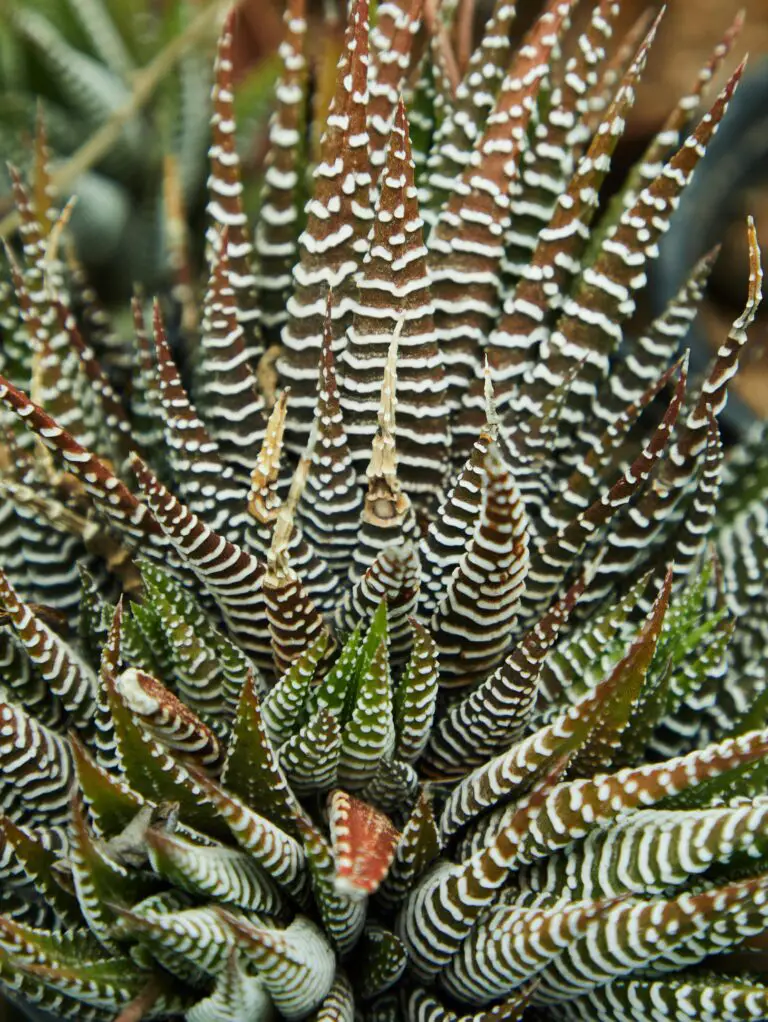
Seeds – The Patient Gardener’s Play: For those who prefer playing the long game, seeds offer a gratifying challenge. Sprinkle them over a well-draining mix like tiny chefs seasoning a gourmet dish. Cover lightly with sand for that snug fit and keep them moist. It’s a slow journey from seed to splendor, but the transformation is mesmerizing. Watch as your seedlings emerge, as if you’re witnessing the rise of a new constellation in the soil’s galaxy.
Whichever method you choose, remember that Haworthia retusa’s needs remain humble: bright, indirect light and minimal water. Imagine you’re tending to a tiny desert, where less is more. Propagation isn’t just about increasing numbers; it’s a rite of passage for any plant enthusiast. As you watch each new Haworthia retusa flourish, it’s a reminder of the natural world’s ever-turning cycle—a star cactus’s journey from singularity to a constellation of green.
Troubleshooting Common Issues
So, you’ve brought a Haworthia Retusa into your home, and you’re dreaming of a miniature desert landscape on your windowsill. But wait, what’s going on with those leaves? Before you declare a state of emergency in your succulent sanctuary, let’s unravel the mystery behind some common issues you might face with your star cactus.
The Case of the Yellowing Leaves
It’s like one day, your Haworthia Retusa’s leaves were a deep, verdant green, and the next, they’re starting to look like they’ve been hit with a bad self-tan. Yellowing leaves can be a symptom of overwatering, low light, or even a nutrient deficiency. Remember, this little guy hails from South Africa – it’s built for tough love. Cut down on the water, boost the sunshine, and consider a succulent-friendly fertilizer. Think of it as a spa retreat for your plant; a little rejuvenation can go a long way!
Root Rot Riddles
Stick your finger into the soil – go ahead, don’t be shy. Does it feel like you’ve just dipped into a swamp? Overly wet soil can lead to root rot, a succulent’s silent killer. The roots of your Haworthia Retusa are meant to dry out between waterings. If they’re constantly damp, the plant sends out an SOS. The fix? Repotting in fresh, well-draining soil will give your plant a new lease on life. It’s like moving from a damp basement apartment into a sunny loft – everyone would breathe easier, right?
Now, let’s have a visual aid. The image below illustrates a healthy Haworthia Retusa, thriving in proper conditions. Notice the plump, firm leaves – that’s the goal. If yours looks different, it’s time to troubleshoot.
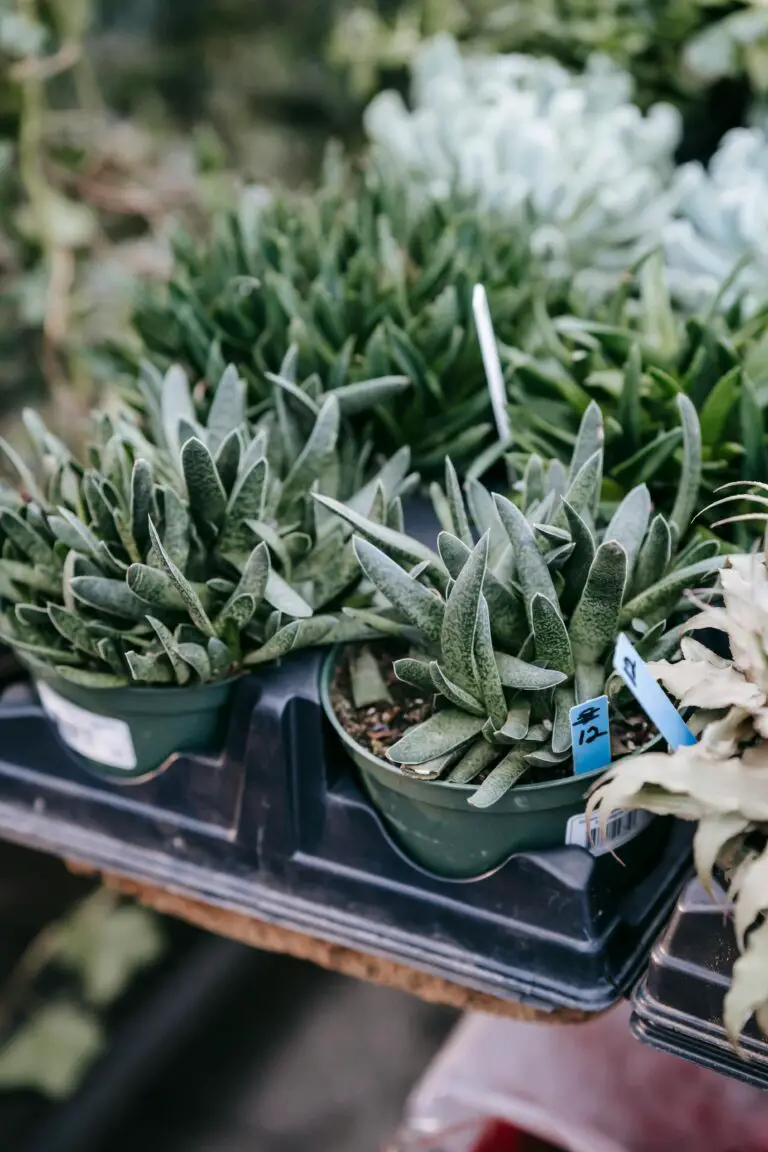
Battle with the Bugs
Just when you thought your plant was safe, a closer inspection reveals tiny uninvited guests. Pests like spider mites or mealybugs can be a headache. These little rascals suck the life out of your Haworthia’s leaves, leaving them weak and sometimes beyond recovery. Arm yourself with a neem oil spray and wipe those pesky critters out of existence. It’s like playing the hero in a mini-ecosystem’s action movie – thrilling, but with a happy end in sight.
Through these trials and tribulations, keep your chin up. Growing Haworthia Retusa may present challenges, but when you overcome them, it’s a badge of honor you wear with pride – the star cactus champion! By understanding and reacting to these common issues, your Haworthia Retusa will be back to turning heads with its starry charm. No conclusion needed, the vibrant health of your plant will speak for itself!
Design and Decor: Showcasing Your Haworthia Retusa
When it comes to livening up your living space, few plants hold the allure of the Haworthia Retusa, with its rosette of fleshy, star-like leaves. Dubbed as the Star Cactus, it’s a succulent that does more than just hold its own in the plant world—it shines in the realm of home décor. Whether perched on an open windowsill or nestled within the cozy confines of a glass terrarium, this petite plant makes a big statement.
Imagine the Star Cactus as the focal point in a modern terrarium display, its architectural form surrounded by the soft textures of moss and the vivid hues of complementing succulents. People can’t help but pause and appreciate this natural jewel, which seems to draw light into its core, and in turn, illuminate the space around it. Often, I see these terrariums on sleek coffee tables or as the centerpiece of dining areas, serving as conversation starters and testaments to nature’s geometric perfection.

But the Haworthia Retusa isn’t just for solo exhibits—it plays well with others, too. Picture this little green star alongside a constellation of other succulents, each in their own unique pots, creating a succulent garden that doubles as a living art installation. This configuration not only showcases individual plant beauty but also fosters a micro-habitat that they can thrive in. And when the sun hits them just right, the entire collection gleams like a group of precious emeralds on your windowsill.
Not to forget, companion planting is another glorious avenue to explore. Pair Haworthia Retusa with plants that complement and contrast its appearance. A delicate, trailing String of Pearls succulent might cascade over the edge of a shared planter, while the bold textures of a Euphorbia or a spiky Aloe Vera emphasise the Haworthia’s smooth, glossy foliage. Together, they form a dynamic trio that’s as aesthetically engaging as it is ecologically harmonious.
Whether you’re an experienced green thumb or a newbie to the world of indoor plants, the serene simplicity and architectural elegance of Haworthia Retusa make it an irresistible choice for home decor. With a little creativity and an appreciation for nature’s artistry, you’ll find that incorporating a Star Cactus into your living space isn’t just about adding greenery—it’s about cultivating beauty and tranquility in the places we live and breathe.
Conservation and Ethical Growing Practices
Peek into your garden or plant shelf, and if you’re lucky, you might spot the jewel of succulent collections—the Haworthia retusa. Lovingly nicknamed the “Star Cactus,” this charmer isn’t just another pretty face. As collectors and gardeners, we wield the power to safeguard the tale of this species through sustainable cultivation practices and dedicated conservation efforts. But what does this look like in reality?
Imagine bypassing the quicksand of unethical plant trade by nurturing Haworthia retusa through propagation. By clipping a pup from a mother plant, you’re assuming the role of a conservationist in your own living space. This practice not only increases the stock ethically but also engenders a personal connection to this wondrous species. Each new Star Cactus is a nod to maintaining biodiversity without pillaging natural habitats.
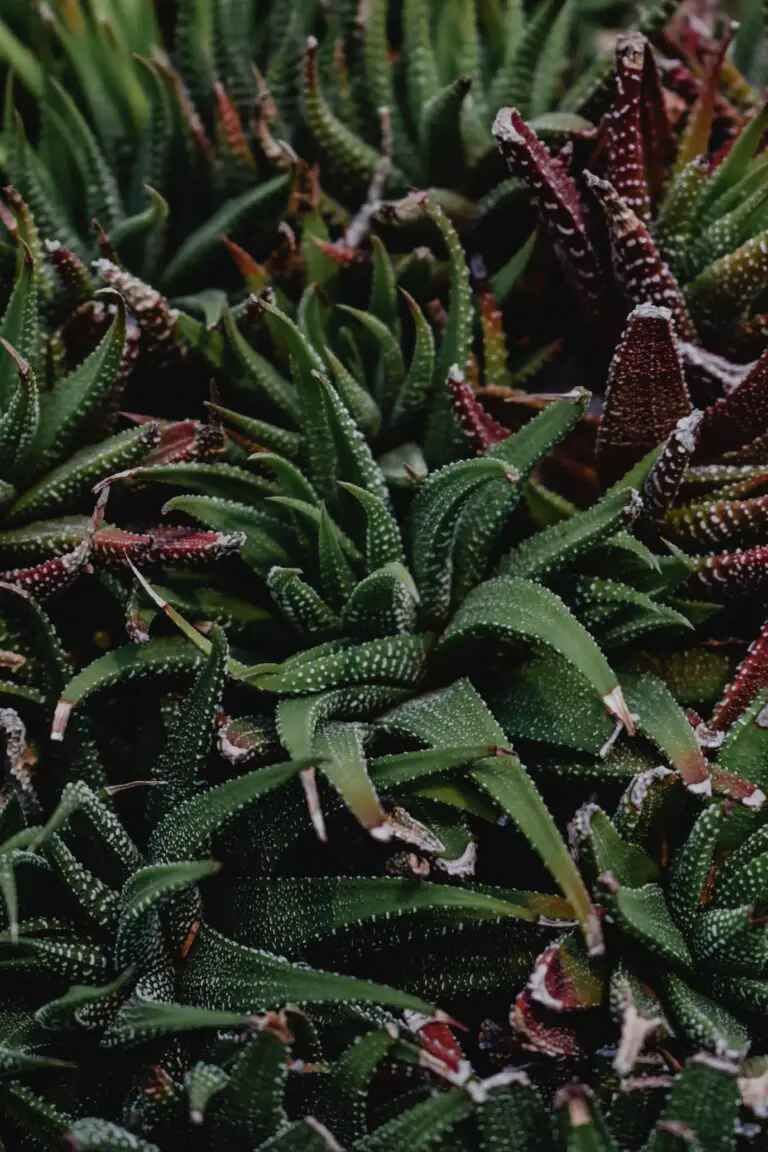
Where the layperson sees a succulent, an eco-conscious enthusiast sees the ecosystem it represents. Home growers globally are rising to the occasion by switching to organic substrates and non-toxic pest control, transforming their urban jungles into havens for Haworthia retusa and its kin. Still, it’s crucial to remember that even the smallest acts, like choosing a peat-free potting mix, echo loudly in the crusade for our earth’s wellness.
When you next visit a nursery or plant fair, inquire about the origins of their Haworthia retusa. By pledging our wallet’s weight to responsible sources, we send a clear message: conservation is non-negotiable. This plant’s survival in the wild hinges on our collective decisions in cultivation and trade.
Let these efforts ripple beyond personal collections. Reach out, educate, and inspire your community. Envision the impact when what started as a single Haworthia retusa on your windowsill multiplies into a community-wide movement for sustainable growing practices and conservation education. It’s an intertwined destiny, where both humankind and plant kind thrive, not just survive.
Frequently Asked Questions
Are you curious about that little star-shaped succulent gracing your desk? With its fleshy, juicy leaves and striking rosette form, the Haworthia retusa has totally charmed the socks off plant enthusiasts. But does it leave you scratching your head with questions about care, sunlight, and those little offshoots? Worry no more—we’ve got the scoop on all your Haworthia retusa curiosities right here!
How Do I Keep My Haworthia Retusa Happy and Thriving?
Let’s touch on the care basics; your green buddy isn’t a high-maintenance diva. It’s all about moderate watering—let the soil dry out between drinks, give it bright, indirect sunlight (think of a spot near a sunny window, but no harsh direct rays), and ensure it has well-draining soil to prevent soggy roots. Easy peasy!
Can Haworthia Retusa Handle Direct Sunlight?
Imagine a sunbathing session at the beach—feels good but too much can turn you into a lobster, right? Similar deal for your Haworthia retusa. It can handle some morning sun, but too much of the midday blaze can sunburn its leaves, leaving unsightly marks. Moderate sunlight is the sweet spot for that luscious green hue!
What’s Up with Those Tiny Plants Sprouting Around My Haworthia?
Aha! Those are pups, the little babies your plant is producing. Consider it a mini clone factory. You can let them grow in peace or gently separate them to start a whole new succulent squad. Sharing is caring, so why not pass along a pup to a friend?
Why Are the Tips of My Haworthia Retusa Turning Brown?
Be a detective—browning tips could be a sign of overwatering, under-watering, or even fluoride in the water. Stick to a consistent watering schedule and use rainwater or distilled water if you can. Brown tips don’t mean game over; they’re just your plant waving a little flag for some T.L.C.
And there you have it—the crux of Haworthia retusa care demystified! Now, isn’t it swell to know that such a star can shine its brightest with just a smidge of attention? Go on and be the best plant parent on the block!
